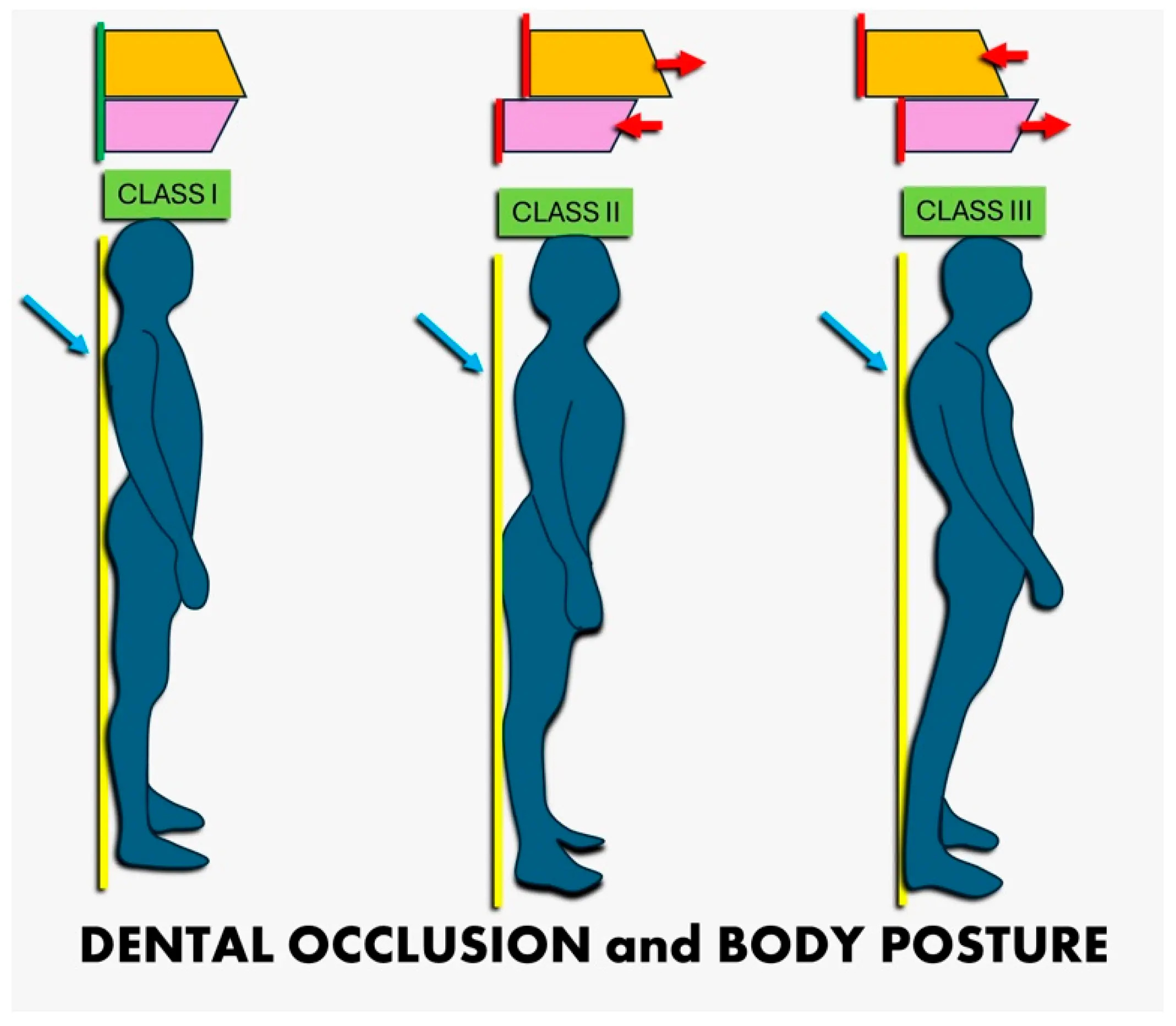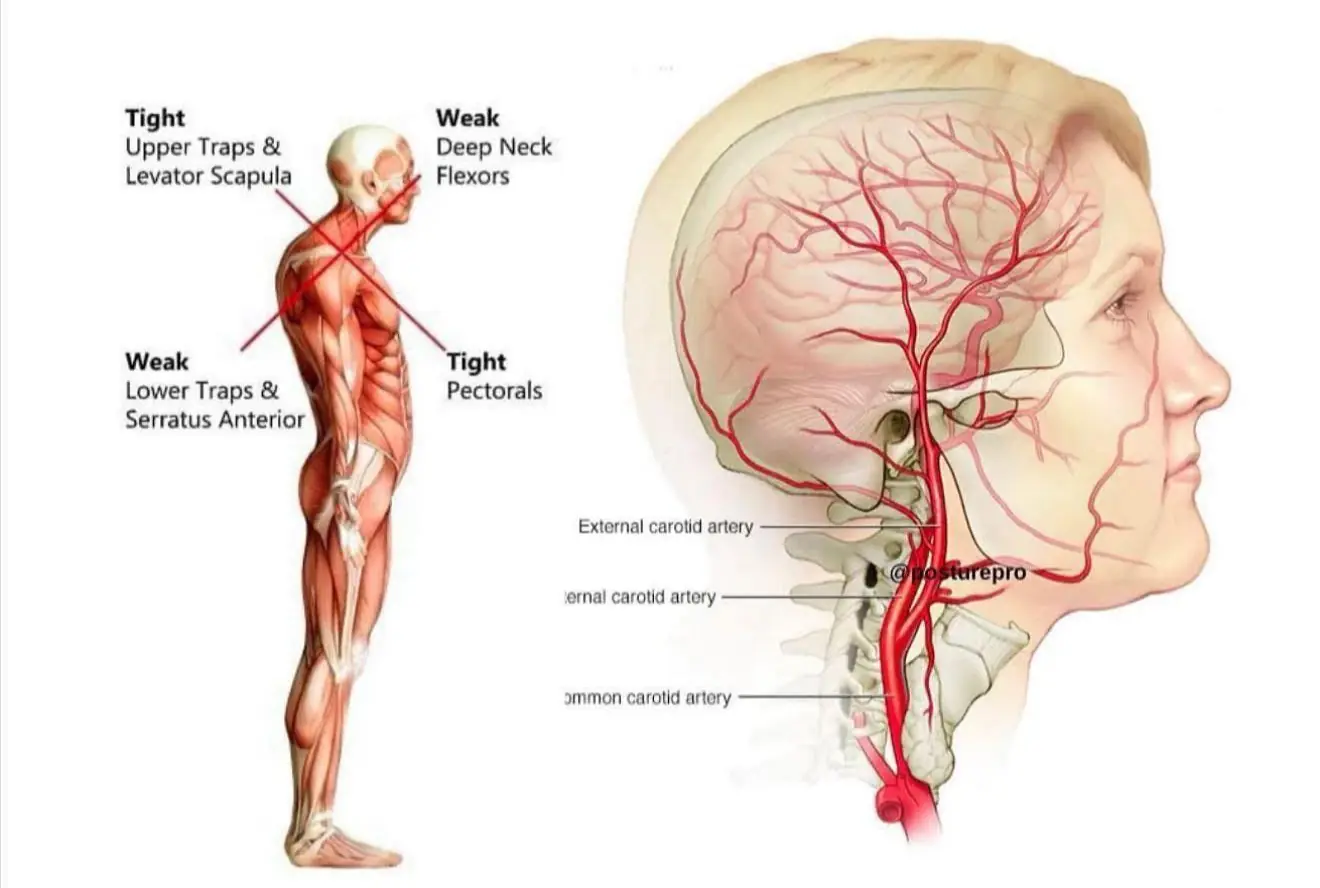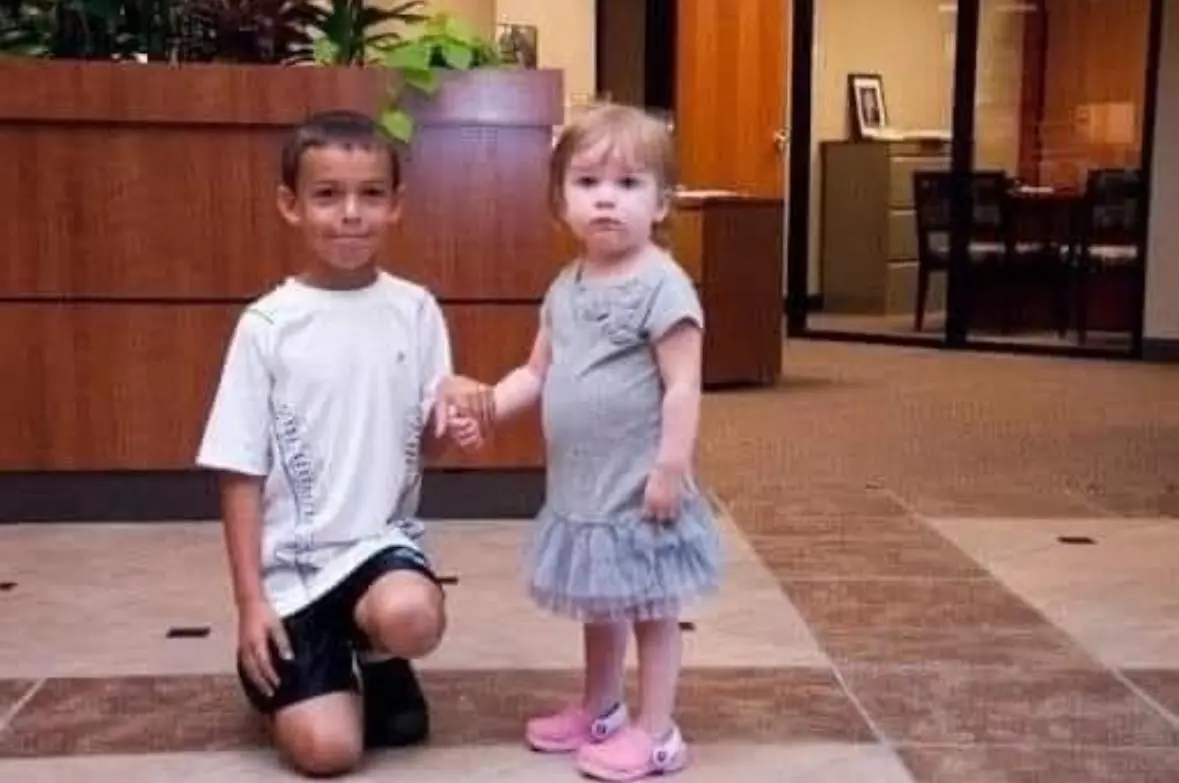
8 amazing things that will happen to your body when you drink amla, carrot, and beetroot juice every morning 👇
For Years Without Removing Makeup, a 37-Year-Old Woman Suffered Severe Allergic Reactions, Leaving Her Face Swollen and Distorted.

Fears play an essential role in protecting us from danger, and understanding how they develop is key to understanding human behavior. Studies in developmental psychology have revealed fascinating insights into the nature of fear, particularly in infants. Through experiments like the famous "visual cliff" study by Eleanor J. Gibson and Richard D. Walk in 1960, researchers demonstrated that infants instinctively show hesitation or distress when placed near a perceived drop, implying that fear of heights might be innate.
This is just one example of how certain fears are believed to be evolutionary responses that have helped protect humans from potentially harmful situations. Another common fear is phonophobia, the fear of loud noises. Newborns are often startled by loud sounds, and this response is considered an inborn reflex designed to protect the infant from danger. Together, these early fears—acrophobia (fear of heights) and phonophobia—serve as a protective mechanism to ensure safety in the early stages of development.
Not all fears are innate. While acrophobia and phonophobia seem to be instinctual, many other fears are learned over time through personal experiences, social conditioning, and cultural influences. For example, a child may develop a fear of snakes if they observe a parent reacting strongly to one, or they may develop a fear of failure due to societal pressures and expectations. These learned fears are not hardwired into the brain but instead stem from how individuals interact with their environment and the people around them.
Innate fears are thought to have evolved to ensure the survival of early humans. For instance, a natural fear of heights (acrophobia) would help prevent falls from dangerous heights, while a fear of loud sounds (phonophobia) could help infants respond quickly to potential threats in their environment. These fears are deeply ingrained in our biology, providing a protective mechanism in critical early stages of development.
In contrast to innate fears, learned fears are shaped by external factors. These can include experiences, observation of others, and social influences. A child might develop a fear of spiders if they witness an exaggerated fearful reaction from a parent. Similarly, a child exposed to societal expectations may develop a fear of social judgment, often leading to social anxiety.
As children grow, they learn which situations or stimuli are threatening based on their interactions and cultural context. This process is known as "classical conditioning," and it helps explain why certain fears are more prevalent in specific cultures or communities.
While acrophobia and phonophobia are the most commonly discussed innate fears, some researchers believe that other fears may also be built into our biology. For example, the fear of suffocation or drowning may be another innate fear that helps protect infants from potentially fatal situations.
The development of fear is a complex interplay between genetics, evolution, and personal experience. While some fears are undoubtedly innate and evolutionary, many others are learned through observation and social interaction. Understanding the balance between these two factors can help in managing and treating phobias effectively.
Innate fears, though universal in the sense of being part of human evolution, vary in intensity and presence among individuals. Furthermore, learned fears can manifest differently depending on a person’s environment and upbringing. As research continues to explore these fascinating aspects of human behavior, it becomes clear that fears are a natural part of life, shaped by both nature and nurture.
Sources:
"The Evolutionary Origins of Human Fear" - Developmental Psychology Journal
"Innate and Learned Fears: An Overview" - American Psychological Association
"Phobias and Their Development in Childhood" - Journal of Behavioral Science

For Years Without Removing Makeup, a 37-Year-Old Woman Suffered Severe Allergic Reactions, Leaving Her Face Swollen and Distorted.

Summer Isn't Over Yet, But Electric Bills Are Soaring – Here's Why Your Air Conditioner Might Be to Blame

Megan Johnson spent four years wondering what was going on with her swollen abdomen

5 benefits of drinking Carrot and Ginger Juice regularly

Matthew Kelly revealed what hospice nurses said to him

I Wish I Had Known This Trick Sooner!

Georgia Gardiner began experiencing sickness and stomach cramps out the blue last summer, and was prescribed acid reflux medication by her GP.

Plus, other health risks to be aware of when firing up the BBQ this weekend

Discover how emotions like anger, grief, worry, stress, and fear can h@rm your body. Learn the connection between emotional health and physical well-being, including effects on the liver, heart, brain, and more.

Discover how your jaw position can influence your body posture. Learn how misalignments like malocclusion affect balance, posture, and athletic performance. Improve your alignment with expert insights.

Discover the surprising link between tongue posture and overall body alignment. Learn how mouth breathing and tongue position affect posture, breathing, and even foot health through the body's fascial network.

Discover how forward head posture (FHP) can disrupt bl00d flow to the brain, causing symptoms like anxiety, mental sluggishness, and even musculoskeletal issues. Learn how correcting posture can improve cerebral bl00d flow and brain health.

The rising incidence of digestive health issues, including SIBO and cancers like bowel and pancreatic cancer, underscores the importance of early detection and proactive health measures.

Discover how walking for just 40 minutes, three times a week, can improve your brain health. A simple exercise to boost memory and promote brain growth, supported by scientific research.

Learn about a groundbreaking injectable hydrogel that enhances bone density and helps treat osteoporosis, with early studies showing promising results for better bone health and recovery.

Waterproof makeup, especially mascara, is a beloved beauty product for many due to its durability and staying power. However, as highlighted by experts, the potential harm it can cause to eye health, particularly by exacerbating dry eye symptoms and trigg

Saving money is wise — but not when it comes at the cost of your family’s health and safety. Here are 9 everyday items I strongly urge you to stop using, no matter how practical they may seem.

Did you know that sticking a simple adhesive bandage (Urgo) on your door can have surprisingly practical benefits? This clever household hack is gaining attention — let’s explore how it works and why it’s more useful than it sounds.

We all do it: after a hot shower or a quick trip to the bathroom, we crack the door open to let the steam escape. But when the toilet and shower share the same small, damp room, could this everyday habit be inviting more trouble than fresh air?

For Years Without Removing Makeup, a 37-Year-Old Woman Suffered Severe Allergic Reactions, Leaving Her Face Swollen and Distorted.

Summer Isn't Over Yet, But Electric Bills Are Soaring – Here's Why Your Air Conditioner Might Be to Blame

Megan Johnson spent four years wondering what was going on with her swollen abdomen

5 benefits of drinking Carrot and Ginger Juice regularly

Matthew Kelly revealed what hospice nurses said to him

I Wish I Had Known This Trick Sooner!

By combining these oils with nourishing carriers like coconut oil, castor oil, and olive oil, you can create potent DIY treatments that target various hair concerns - from preventing hair fall to boosting growth and thickness.

Young Christian's incredible two-year journey to grow and donate his hair for "Children With Hair Loss" is a testament to compassion. Discover his inspiring story of resilience, overcoming b:u:IIy!ng and cr!ticism to make a powerful difference for kids in

Discover how third-grader Wyatt Erber chose kindness over toys—donating his $1,000 scavenger hunt prize to help a young neighbor battling leukemia.

Georgia Gardiner began experiencing sickness and stomach cramps out the blue last summer, and was prescribed acid reflux medication by her GP.

Discover the heartwarming story of a Chicago police officer’s act of kindness toward a homeless man, proving that even the smallest gestures can make a big difference in a world full of negativity.

Born to teenage parents, a daughter shares her family's incredible journey from societal judgment to a life of love and success. This heartwarming story of resilience, unwavering commitment, and generational triumph will inspire.

Plus, other health risks to be aware of when firing up the BBQ this weekend

Discover how a simple ride in a combine and a few kind words changed the life of a shy young girl. A touching story about breaking gender stereotypes and showing kids they can do anything.

Katherine always felt like an outsider in her family, where her mother and sister received all the attention. After her father's de@th, her life changed unexpectedly. Kate's husband betrayed her with her sister for an inheritance, and then, sh0cked by new

By combining the powerful antioxidant properties of cloves with the cooling effects of ice, you can enjoy tighter, firmer skin with regular use.

A powerful story of a mother who overcame betrayal and built a better life for her children. Through forgiveness and resilience, she learns to heal and create a future of love and strength.

Combining the best of rice water, aloe vera, and other skin-loving ingredients, it provides a gentle yet effective solution for a glowing, youthful complexion.

On our five-year anniversary, I caught my husband cheating... with my assistant. He later made me sign over my company to him during our divorce, and I did it without flinching. He thought hehad won. What he didn't know? He was walking straight into a tra

Whether it’s through an onion-infused hair oil, a DIY onion serum, or simply by adding onions to your meals, your hair will thank you for it